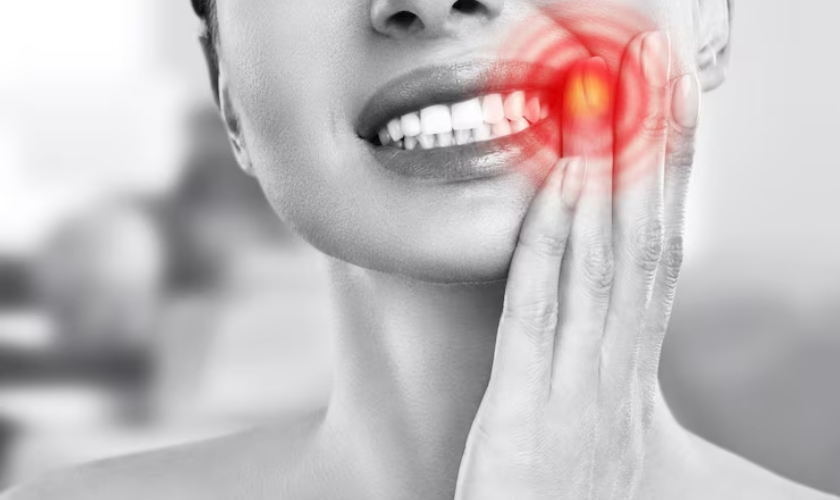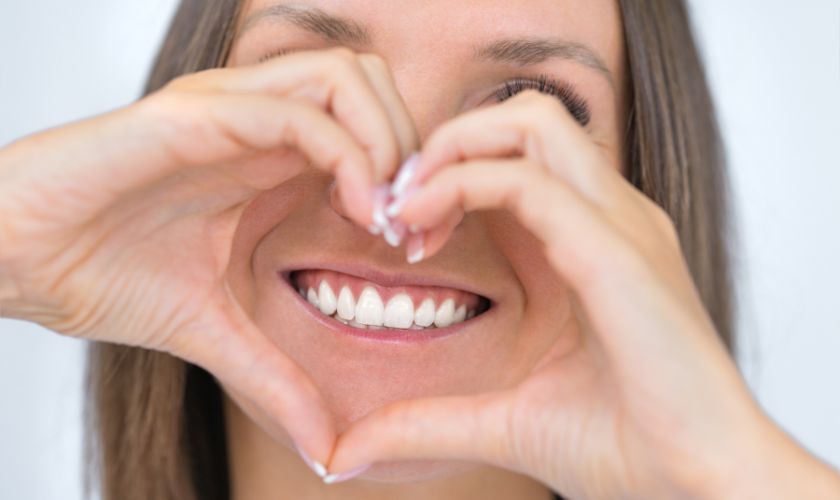
Unlock Your Brightest Smile: The Ultimate Guide to Teeth Whitening
February 12, 2024
Teeth Whitening
A bright, white smile is often associated with confidence, vitality, and good health. Teeth whitening has become increasingly popular as people seek to enhance their appearance and boost their self-esteem. In this comprehensive guide, we will explore the various methods of teeth whitening, their effectiveness, safety considerations, and tips for maintaining a radiant smile.
Understanding Teeth Discoloration:
Before delving into whitening techniques, it’s essential to understand why teeth become discolored. Several factors can contribute to tooth discoloration, including:
- Food and beverages: Coffee, tea, red wine, and certain fruits and vegetables contain pigments that can stain teeth over time.
- Tobacco use: Smoking or chewing tobacco can lead to stubborn stains on teeth.
- Poor oral hygiene: Inadequate brushing and flossing can allow plaque and tartar buildup, causing teeth to appear yellow or dull.
- Aging: As we age, the outer layer of enamel on teeth naturally wears down, revealing the underlying yellowish dentin.
- Medications: Certain medications, such as tetracycline antibiotics, can cause intrinsic discoloration of teeth.
Methods of Teeth Whitening:
There are several approaches to teeth whitening, ranging from over-the-counter products to professional treatments performed by dentists. Here are some common methods:
- Whitening toothpaste: These toothpastes typically contain mild abrasives or chemical agents that help remove surface stains. While they can be effective for mild discoloration, they may not produce significant results for deeper stains.
- Over-the-counter whitening kits: These kits usually consist of whitening strips, trays, or gels containing peroxide-based bleaching agents. They are convenient and relatively affordable but may take longer to achieve noticeable results compared to professional treatments.
- In-office professional whitening: Dentists offer professional whitening treatments that involve higher concentrations of bleaching agents and may utilize light or heat to enhance results. This method provides the fastest and most dramatic whitening effects but can be more expensive.
- At-home professional whitening: Some dentists provide custom-made whitening trays and professional-grade bleaching gel for at-home use. While this approach offers the convenience of home use, it typically requires multiple applications over several weeks to achieve optimal results.
Safety Considerations:
While teeth whitening is generally safe when performed correctly, it’s essential to follow instructions carefully and consult with a dentist before starting any whitening regimen. Consider the following safety tips:
- Consultation with a dentist: Before whitening your teeth, schedule a dental exam to ensure your teeth and gums are healthy and suitable for whitening treatment.
- Follow instructions: Whether using over-the-counter products or professional treatments, carefully follow the manufacturer’s or dentist’s instructions to avoid overuse or misuse.
- Avoid over-whitening: Excessive whitening can lead to tooth sensitivity, gum irritation, or even damage to tooth enamel. Stick to the recommended treatment duration and frequency.
- Address underlying issues: If you have severe tooth discoloration or underlying dental problems, such as cavities or gum disease, consult with a dentist to address these issues before whitening.
Maintaining Whitening Results:
To prolong the effects of teeth whitening and maintain a bright smile, consider the following tips:
- Practice good oral hygiene: Brush your teeth at least twice a day, floss daily, and rinse with an antibacterial mouthwash to prevent plaque buildup and surface stains.
- Avoid stain-causing substances: Limit consumption of coffee, tea, red wine, and other pigmented foods and beverages that can stain teeth. If you do indulge, rinse your mouth with water afterward or brush your teeth soon after to minimize staining.
- Schedule regular dental cleanings: Visit your dentist for professional cleanings every six months to remove surface stains and plaque buildup, keeping your smile bright and healthy.
- Touch-up treatments: Depending on the whitening method used, periodic touch-up treatments may be necessary to maintain desired results. Follow your dentist’s recommendations for touch-up treatments to keep your smile looking its best.
Conclusion:
Achieving a bright, white smile is attainable with the right approach to teeth whitening. Whether you opt for over-the-counter products or professional treatments, prioritize safety, and consult with a dentist to determine the best whitening method for your individual needs. By understanding the causes of tooth discoloration, following proper whitening techniques, and maintaining good oral hygiene habits, you can unlock your brightest smile and exude confidence in every interaction.
Recent Posts

Top 5 Tips for Choosing the Right Pediatric Dentist
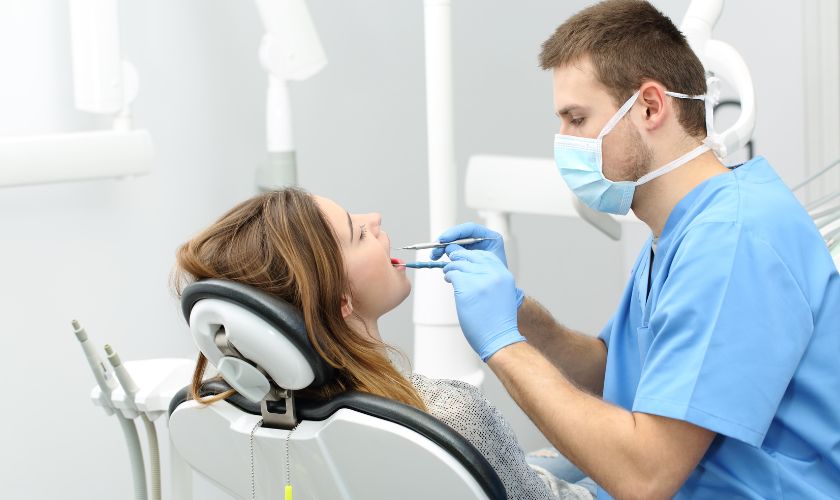
Dental Emergencies: Don’t Suffer in Silence, Get Fast Relief
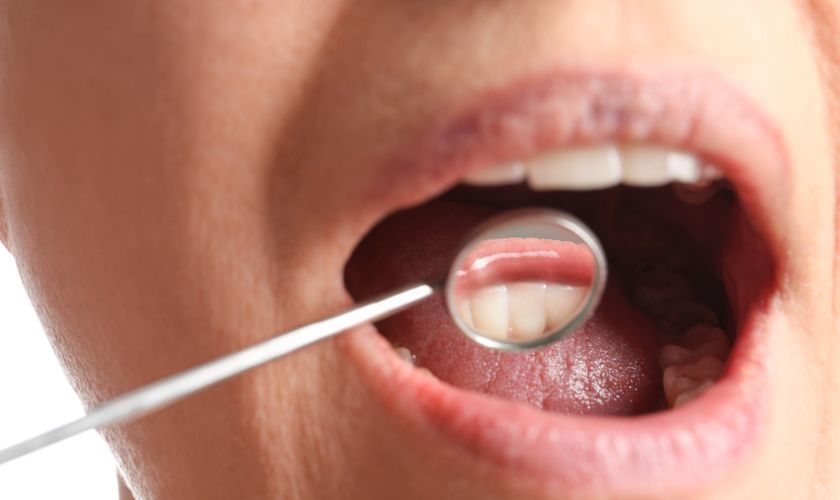
Oral Cancer: Know the Signs and Symptoms for Early Detection
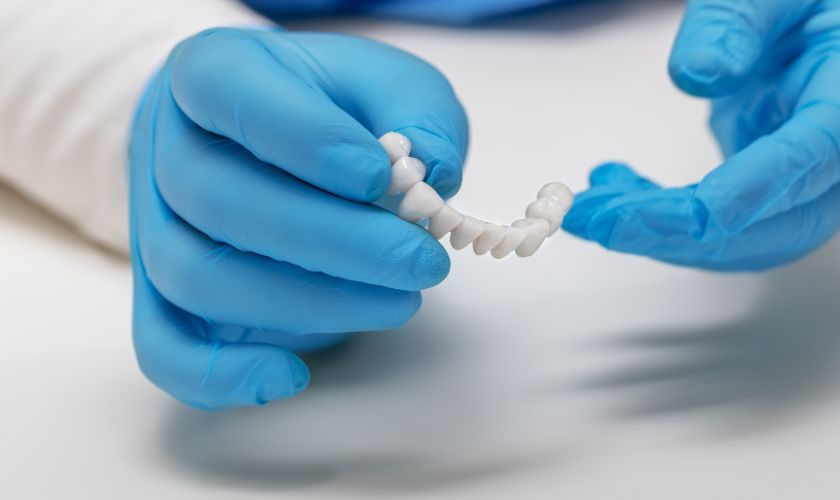
Understanding the Role of Dental Crowns in Oral Health
